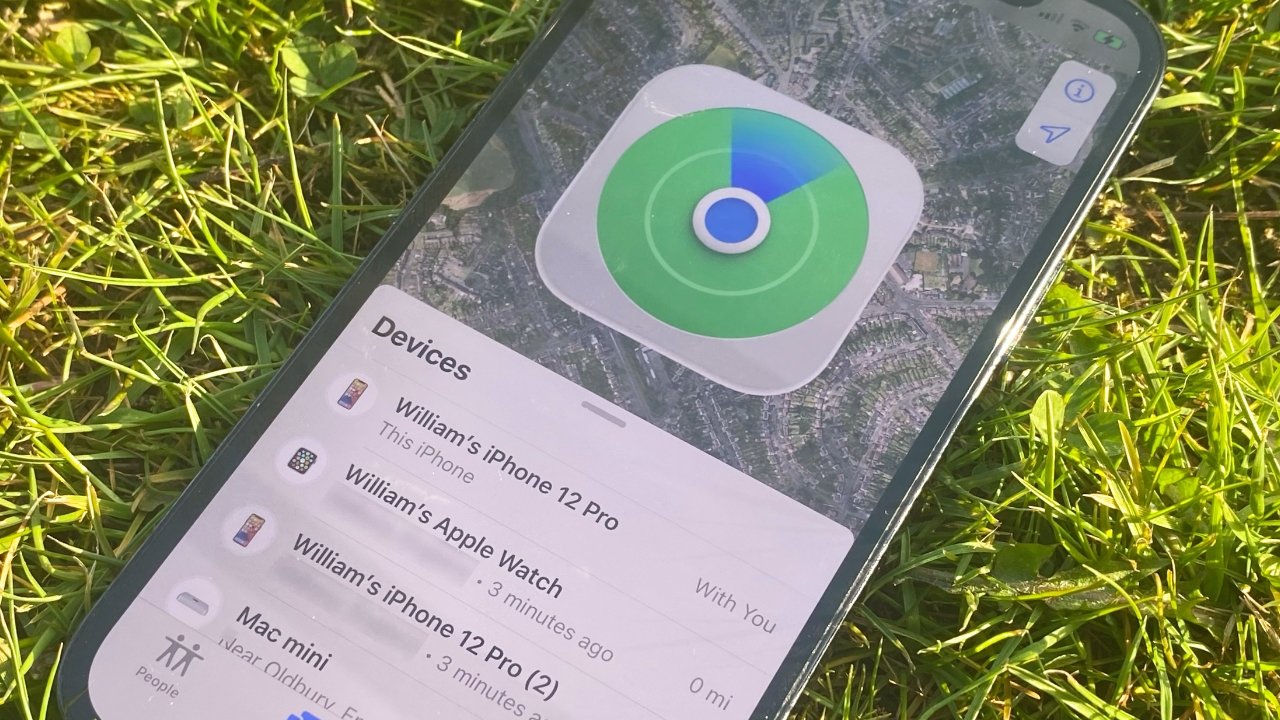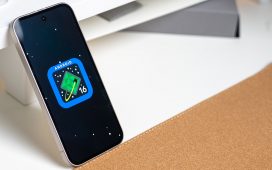With smartphone thefts on the rise, UK lawmakers are floating the theory that maybe Apple and Google are doing less to curtail thefts than claimed.
Smartphone theft is on the rise — not just in America, but globally. Both Apple and Google have claimed that they’ve taken exhaustive steps to make smartphone theft a less profitable endeavor, but UK MPs aren’t buying it.
As The Guardian points out In 2024, 80,000 phone devices of all kinds were stolen in London alone, up roughly 25% from 64,000 in 2023. The devices had a street value of 20 million — about $27 million.
Metropolitan Police have asked smartphone companies, such as Google and Apple, to prevent stolen devices from accessing cloud services. The move would effectively disable the phones and make resale significantly less profitable.
One committee member, Martin Wrigley, suggested that the companies aren’t taking action because they profit from it.
“Apple and Google continue to make profit and continue to sell more phones because these phones are not removed from the system,” he told representatives of both companies at the House of Commons Science and Technology Committee on Tuesday. “You [the companies] owe it to the customers around the world to implement this immediately. No ifs, no buts, just do it.”
Both companies pointed to an existing suite of features designed to protect customer data.
The Google representative, Simon Wingrove, claimed its features worked well. Gary Davis, a senior director in regulatory and legal at Apple, said that disabling devices could be used for fraud, with bad actors wanting to obtain data or delete accounts for blackmail.
Kit Malthouse, the Conservative former policing minister, believes that there is financial incentive to allow the theft to continue.
“I don’t believe we are profiting. It is necessary to refute the suggestion that we benefit from our users somehow suffering the traumatic event of having their phone stolen and being disconnected from their lives,” David responded on behalf of Apple. “We have invested many hundreds of millions in designing in these protections.”
“The fact that 50m of phones are stolen in London every year – if that stopped that would be 50m in sales that would be depressed,” he said.
Commander James Conway said that the crimes were easy to commit in London and that Scotland Yard had to proactively step in. As a result, the Met said that theft was down 15% across the board in April and May, with a two-thirds reduction in mobile phone theft — though he believed it was tentative.
Conway spoke of “teenagers on [high-powered ebikes] riding down the A10 committing 10, 20 thefts or robberies on the go, packaging those phones swiftly into silver foil or Faraday bags to make it more difficult for us to identify location, and then swiftly passing them on to a middle-market handler and ultimately out of the UK.”
According to the police, Apple’s highest-end phones are the primary targets, as each phone has a high resale value — between 300 and 400, which amounts to roughly $400-$550. A large driver of theft is the ability to resell them in lower-income countries, where legally obtained smartphones can be quite high.
While it’s hard to know the exact statistics, it is apparent that smartphone theft is on the rise. Of course, a large portion of this is how prolific smartphones have become.
According to Pew Research Center, in 2015, 66% of Americans owned a smartphone. That number jumped to 91% in 2024.
With that sort of prevalence, it only makes sense that the theft rate would increase. After all, that kind of data shows that there’s both an increase in phones to steal, as well as a market to sell stolen phones to.
Getting “Apple picked” — or having a smartphone stolen in a public space — is the primary way people have their phones stolen. While you’ll never be able to eliminate the risk, there are plenty of ways you can mitigate the odds of becoming a target.
When in public, be aware of your surroundings. Many victims report having their phones yanked from their hands while in a crowded area; try to avoid walking and mindlessly scrolling on your phone whenever possible.
If in a restaurant, don’t leave your phone sitting on the table near the edge — Thieves are clever enough to walk by when you’re distracted and can swipe a phone without you noticing. Instead, stash the phone in your pocket or bag.
Pickpocketing a phone is easy, too. That’s why it’s always smart to avoid putting your phone in your back pocket where it may be easily spotted and swiped without the victim noticing.
Instead, opt for putting your phone in your front pocket — or even better, in a bag or interior pocket of a jacket.
Don’t offer to let strangers use your phone “for a second.” If it is an emergency, offer to make a call for someone, or direct them somewhere that may be able to help them.
And, of course, make sure you know what tools you have at your disposal as well. Apple’s Stolen Device Protection, for example, adds an additional layer of security if someone has stolen both your iPhone and your passcode.
If you suspect your phone may have been stolen, try to locate it by using Find My. It’s also a smart idea to mark your iPhone as lost — that makes it so your phone is locked and inaccessible without a passcode, and also disables Apple Pay.
And, as soon as possible, file a report with local police. Not only does this tell law enforcement to keep an eye out for any found phones, but odds are, either your carrier or Apple will want it for any replacement claims.
If you’ve got an AppleCare+ plan that features Theft and Loss, you can file a claim to have your iPhone replaced by Apple. To do so, you’ll need to visit Apple’s iPhone Theft and Loss Claims page after marking your device as lost.









